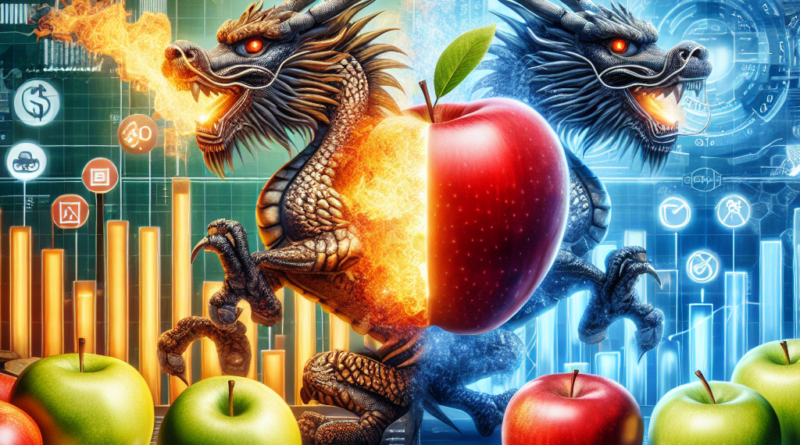Huawei’s Continual Rise: Is the Dragon Poised to Overtake Apple?
“`html
Huawei’s Resurgence in the Smartphone Market
With a bold bite out of both the smartphone market and Apple’s empire, Huawei is rising from the ashes of trade wars, aiming for the stars.
The Shenzhen-based company has received over 2.7 million pre-orders for its latest tri-fold marvel, the Mate XT, a groundbreaking device that folds in three parts.
Pre-orders began Saturday at noon, just two days before the much-anticipated launch of Apple’s iPhone 16.
Although the exact price for this made-in-China masterpiece remains under wraps, its official release is set for September 20, initially in China, and has already made waves in the tech community.
Huawei, already known for its flip and foldable phones, ranks fourth in its domestic market, having shipped 10.6 million units.
In contrast, the U.S.
rival has dropped out of the top five smartphone vendors in China for the first time, showcasing that all top spots are now held by Chinese players, with Huawei regaining its footing in the ever-competitive environment.
Continuing to Surprise
Back in 2020, Huawei was on shaky ground due to U.S.
sanctions that cut off its access to critical chip supplies.
However, last year, the tech giant shocked Washington by launching an advanced smartphone equipped with a new semiconductor.
The company is now set to do it again.
Richard Yu Chengdong, president of Huawei’s consumer business group, recently stated on Weibo that the “most cutting-edge, innovative, and disruptive” product from Huawei is on its way.
Also, in Shenzhen, another ambitious project led by Huawei’s secretive HiSilicon chip design unit will be unveiled soon.
Analysts predict that this new semiconductor will employ artificial intelligence, potentially rivaling high-end chips from American tech giants such as Nvidia, making the Mate XT a serious competitor to the iPhone 16.
Future Plans for Huawei
In what seems like a strategic shift, Huawei, which was forced to sell its server company three years ago due to U.S.
pressure, is regaining influence in this sector within mainland China thanks to its AI chips.
Following reports that Huawei may alter its business model to re-enter server assembly, shares of Digital China Group fell by 10% on the Shenzhen exchange.
Huawei not only aims to introduce new phones but also seeks to enhance key sectors in China.
In July, it completed a $1.4 billion R&D center in Shanghai, named Lianqiu Lake R&D Centre, encompassing eight blocks and 104 buildings designed for labs and recreational areas.
With around 30,000 researchers set to work on pivotal areas like semiconductors, wireless networks, and the Internet of Things, Huawei is undeniably alive and kicking, ready to reclaim lost time with interest.
“`




